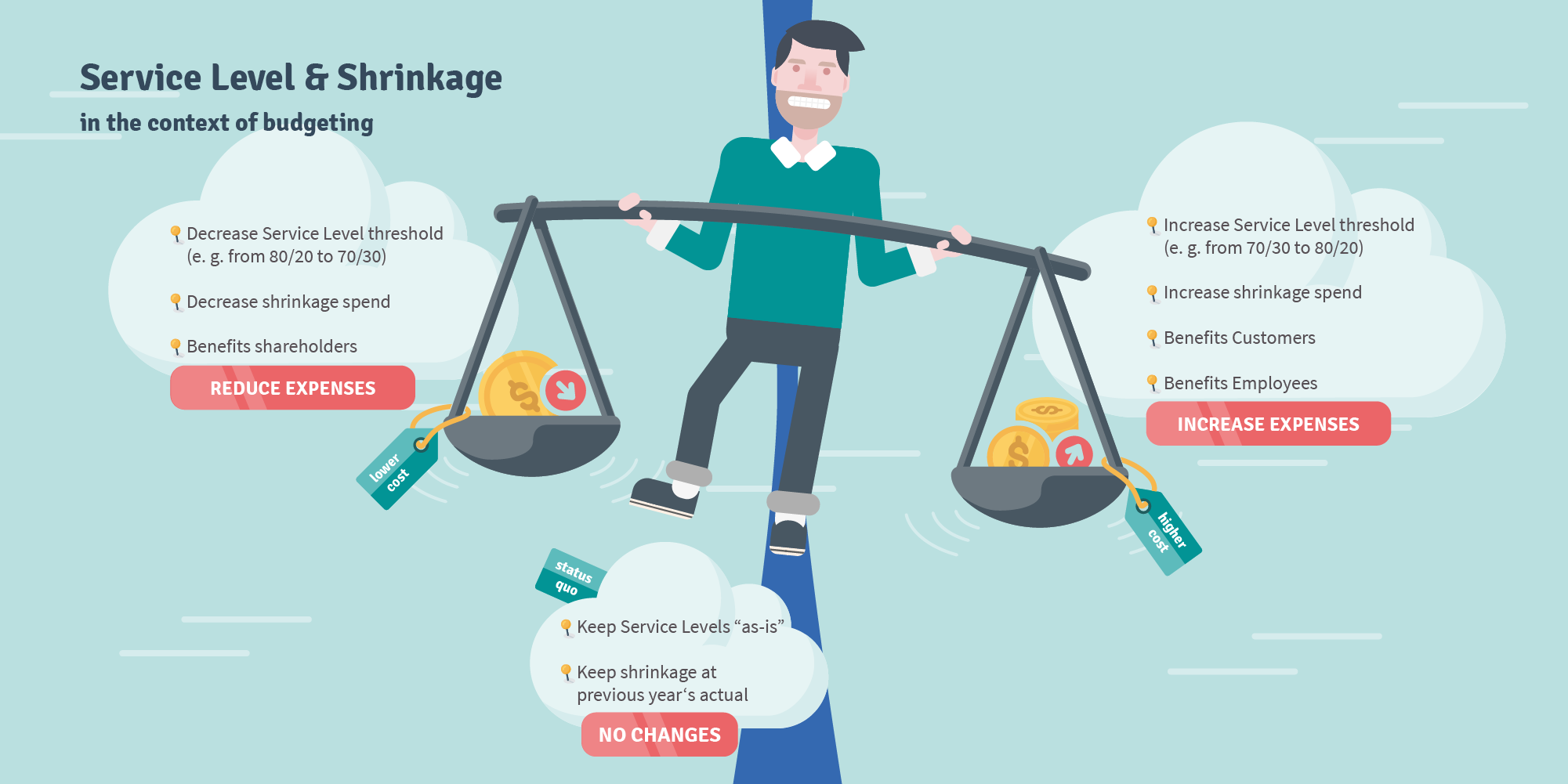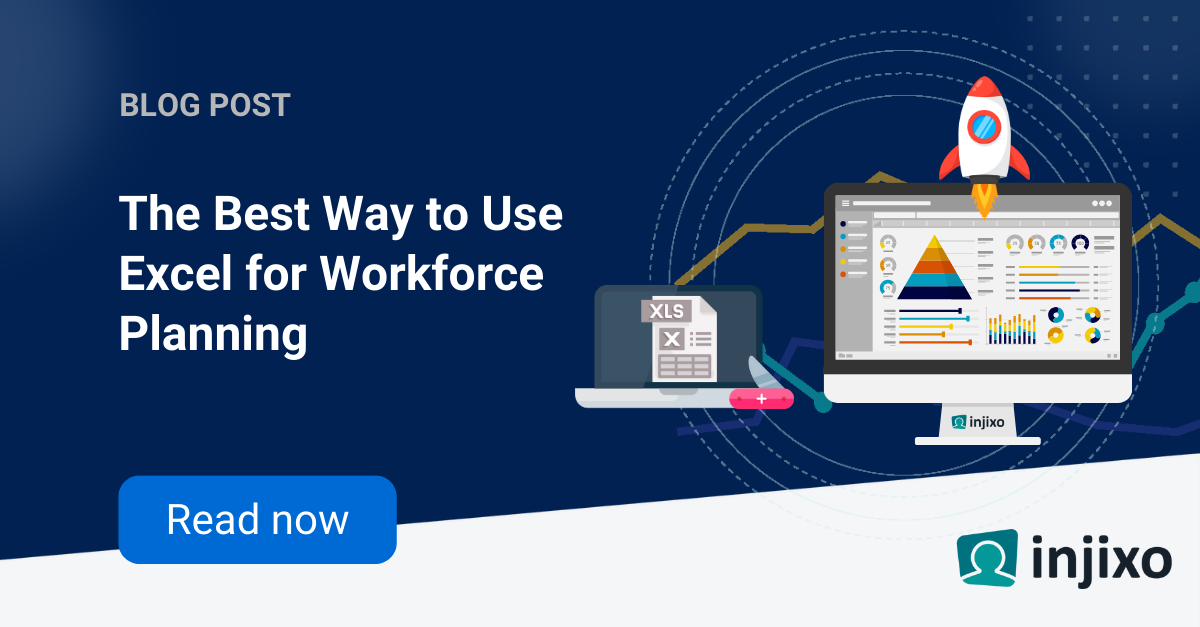One of the value-adding functions in Workforce Management (WFM) is our ability to provide a realistic cost of labor for the contact center. Developing call center budgets can be extremely complex with a push and pull between what the senior leadership wants and what it really takes to run the business.
As soon as you mention “Erlang” in a conversation, you often lose your audience, because they generally don’t understand it and it can sound like a smokescreen to cover up inefficiencies in your contact center. Executives and the Finance departments like things simple. They like to be able to do a simple build to show the requirements and what’s driving those requirements. Often, they are speaking a completely different language.
Let’s decode this system.
The call center planning process
Leadership first creates an “Operating Plan” for the planning year, which translates the strategic objectives into specific objectives for the year. These objectives are generally linked to financial and customer objectives.
Examples would be:
- Revenue targets
- Profit margins
- Customer satisfaction objectives
Generally, the business leaders are looking to improve all three of these year over year. Flat performance in any of these categories is often considered as failure for several reasons:
1. Growing revenue means your business is growing and you’re likely either serving more customers and/or your existing customers are paying more for your services. Growth allows you to reinvest in new technologies and process improvements that help your business become even more effective.
2. Improving profit margins means you’re taking advantage of your increasing economy of scale. It’s the same concept we use in WFM, the “pooling principle”. More people in a queue means more efficiency. Same with the overall business.
3. Customers are the lifeline to your business. Their expectations continue to grow, and meeting these expectations become more difficult. Keeping them happy and knowing they would refer a friend to your business is a good indicator you’ll continue to grow.
On a parallel path, WFM should be creating a capacity plan leveraging their expertise. This call center plan brings together the requirements (how many FTE do you need each month) and the projected actual staff (how many people do you have).
Your finance team should price the projected actual staff, not the requirement. The projected staff is what you’ll be spending your dollars on.
In a perfect world, your required and projected staff match. In this scenario, you have exactly the number of people you need each month to service your customers within service level.
Generally, you’ll find that you will be over- or understaffed most of the months.
When this happens, you must decide on where to take the pain. When your contact center is overstaffed, your shareholder spends more than necessary. When you are understaffed, your customers can’t reach your employees timely. These decisions have an impact on the expected spend.
This is where you reconcile with the operating plan that requires a certain profitability level and adjustments are made to make the plans match. Below are some of the ways you can increase or decrease spend in the contact center to match with call center planning requirements:

Here is an example of different requirements as you increase / decrease service levels or shrinkage.
These are three major levels to look at when costs need to be adjusted.

Assuming a $50K/year cost per agent, this is how the costs would stack up for operations:

Notice that costs range from $550K to almost $1.1M… twice as much for the same staffing period. Too many businesses just run on momentum and don’t scenario plan these variables.
Don’t assume that last year’s requirement will be next year’s requirement!!
Every call center planning cycle should take a fresh look at the impacts of these costs. As businesses grow and evolve, their needs change. One year, they may need to focus tightly on expense management and take down shrinkage spend for training. The next year, they may want to invest in their employees, and be more accessible to their customers… and have the money to invest into the staffing that drives that.
As you develop your capacity plan, scope out what the business is likely to focus on. Take advantage of that information to help inform the scenarios you want to put together.
If you can’t get these insights, start with these 3 scenarios:
1. Baseline
This is exactly what you need assuming nothing changes from the previous year. Productivity is the same, shrinkage is the same, service levels are the same.
2. Economy Plan
The Economy Plan is a lower cost version of the baseline. For this, assume productivity gets better, shrinkage comes down, and service levels are lower (e.g. 70/30 instead of 80/20).
3. Big Spender Plan
This is the premium plan, and assumes the opposite of the Economy Plan. In this scenario, you’re giving the business leaders a view of how they can invest in their employees and customers (at the expense of their shareholders).
None of these plans may be perfect, in fact the last 2 plans are likely extremes. But this initiates a conversation that will lead to determining where on the cost spectrum the business wants to be.
Ultimately, the decision will be out of your hands. But as a WFM professional, you have a unique opportunity to provide insights and expertise to the leaders of the business.
Learn more on: How to create a successful WFM strategy in your contact center.
Don’t get caught up in “Erlang” or other terms that are jargon to our profession. Stick with scenarios, tradeoffs, and showing the impact to spend as levers are moved.
This is the language your internal partners speak, and it’s the best way to maximize your skill set and get your ideas adopted.
It may take some time to fully integrate this into your call center planning process. Be patient, but most importantly: Get started.
Did you find the article interesting and would like to share it with your colleagues? Download the article as a PDF.





